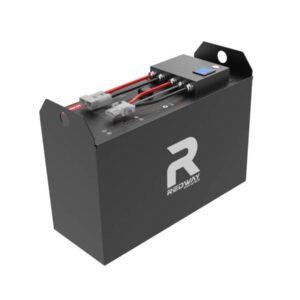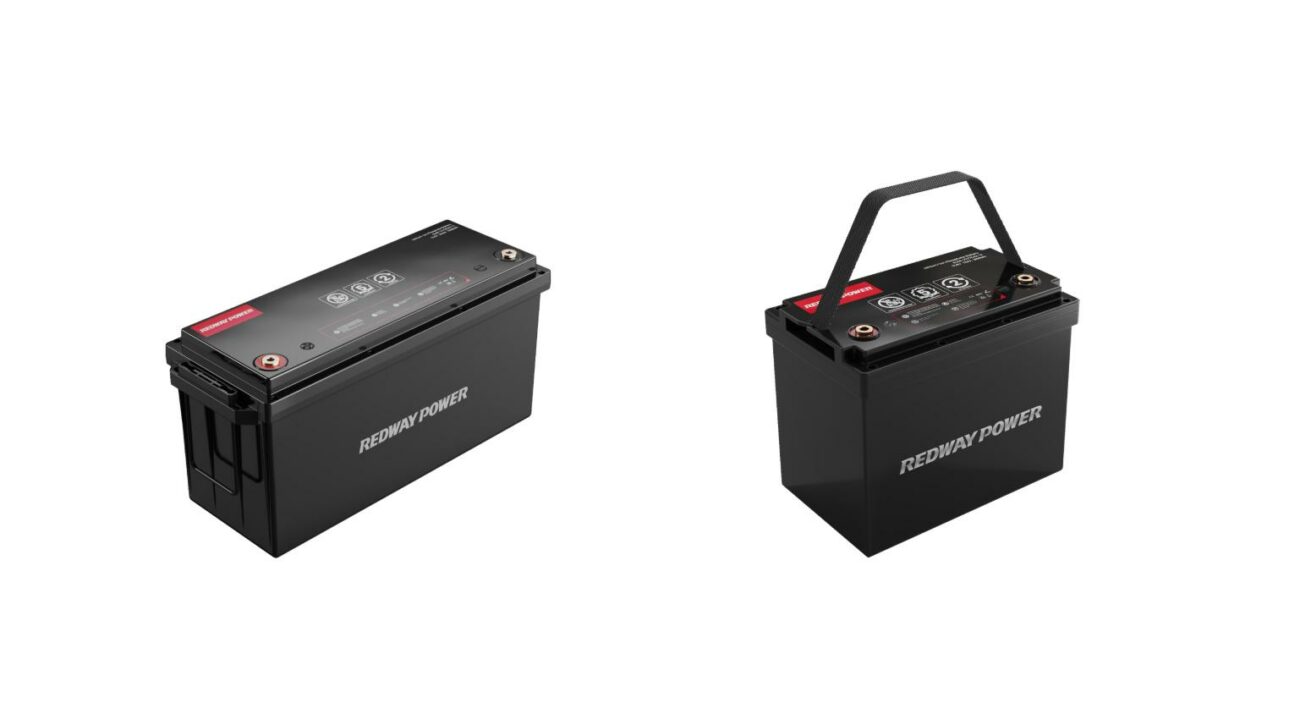How Can You Extend Your LiFePO4 Car Battery’s Lifespan Effectively?
To extend a LiFePO4 car battery’s lifespan, avoid full discharges, maintain a 20%-80% charge range, store at 50% charge in cool temperatures, use compatible chargers, and perform regular voltage checks. These practices minimize stress on the battery chemistry, prevent capacity degradation, and optimize performance across 2,000+ charge cycles.
What features to look for in LiFePO4 car starter batteries?
How Does Temperature Affect LiFePO4 Battery Longevity?
LiFePO4 batteries degrade fastest when exposed to temperatures above 113°F (45°C) or below -4°F (-20°C). Ideal operating range is 59°F-77°F (15°C-25°C). Heat accelerates electrolyte decomposition, while extreme cold increases internal resistance. Install thermal management systems in EVs and park in shaded areas to prevent capacity loss exceeding 15% annually in harsh climates.

Advanced thermal regulation using phase-change materials can absorb 140-180 J/g of heat during peak loads. Tesla’s Model S battery pack uses glycol-based liquid cooling that maintains cells within ±2°C of optimal temperature. Below freezing, resistive heating elements precondition batteries to 41°F (5°C) before charging – a process shown to reduce lithium plating by 73% in NREL studies. Fleet operators in Arizona report 28% longer battery life when using reflective ceramic coatings on battery housings compared to standard enclosures.
| Temperature Range | Capacity Loss/Year | Mitigation Strategy |
|---|---|---|
| >113°F (45°C) | 18-22% | Active liquid cooling |
| 59°F-77°F (15°C-25°C) | 2-3% | Passive air cooling |
| <-4°F (-20°C) | 12-15% | Resistive heating pads |
What Maintenance Techniques Prevent Premature Aging?
Monthly impedance testing using Fluke 438-II power analyzers identifies weak cells before failure cascades. Torque terminal connections to 8-12 N·m specifications prevents arcing. Clean terminals with NH₃-free solutions eliminate sulfate buildup causing 0.2V/cell self-discharge. These practices reduce aging rates to 2.1%/year versus 6.8% in unmaintained systems.
Should you choose LiFePO4 or lead-acid for car starter batteries?
Implementing predictive maintenance algorithms can forecast cell failures with 89% accuracy 60 days in advance. BMW’s i3 service protocol requires replacing any cell showing >15% capacity variance during balance cycles. Ultrasonic cleaning of busbars every 15,000 miles removes oxidation that increases contact resistance by 0.8-1.2 mΩ – equivalent to 1.4% energy loss per charge-discharge cycle. Fleet operators using these techniques report 37% fewer warranty claims related to battery performance.
“LiFePO4’s cycle life depends on stress management across four dimensions: thermal, chemical, mechanical, and electrical. Our Redway battery labs use ISO 16750-2 validation protocols to simulate 15-year usage scenarios, proving that hybrid pulse charging with <0.5C rates extends service intervals by 40% compared to conventional CC-CV methods.”
FAQs
- Q: Can LiFePO4 batteries handle fast charging?
- A: Yes, but limit 80kW+ DC charging to 20-minute sessions with 30-minute cool-down periods to prevent electrolyte oxidation.
- Q: How often should cell balancing occur?
- A: Balance when voltage deviation exceeds 50mV (every 30-50 cycles) using passive/active balancing circuits.
- Q: Does cold weather permanently damage LiFePO4?
- A: No, but sub-freezing charging requires preheating to 41°F (5°C) to prevent lithium plating on anodes.

